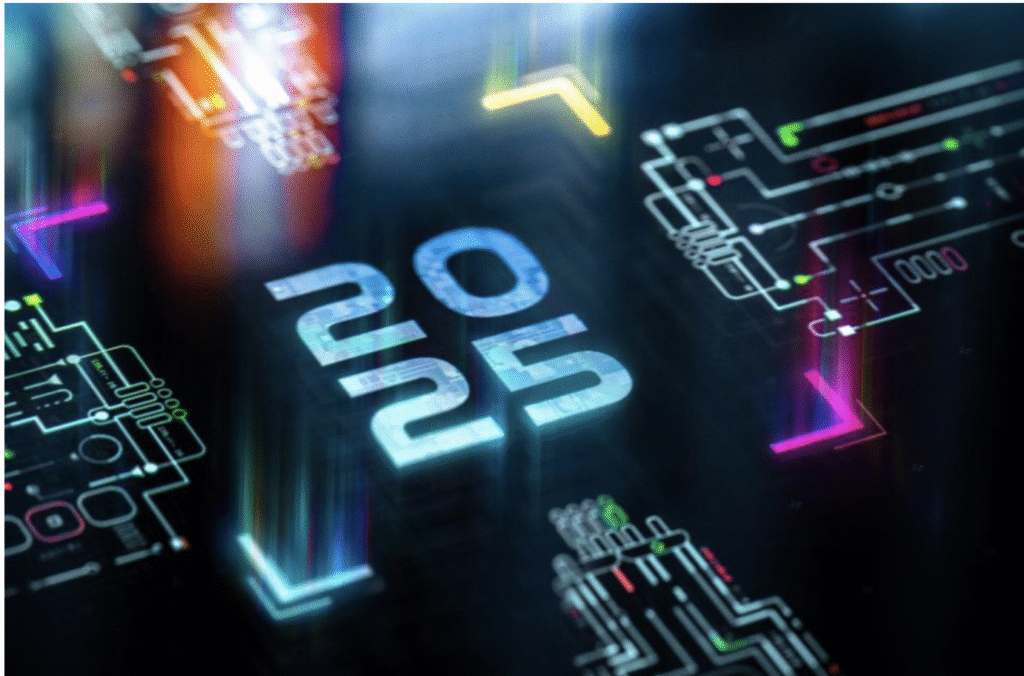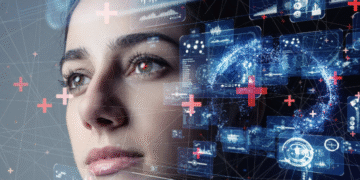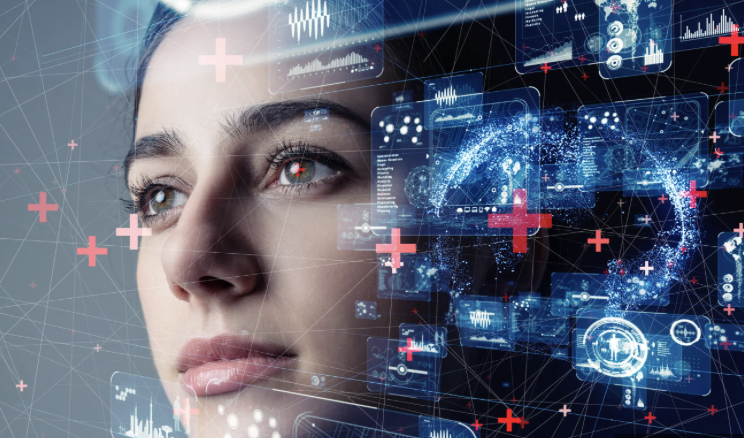Imagine stepping into a future where your gadgets think, food scans for toxins in real time, and your body powers your tech. Welcome to 2025—a year where boundaries between sci-fi and reality are falling fast.
This article takes you through five electrifying technological breakthroughs shaping our world—from devices that mimic taste to autonomous AI patching software. Ready for the journey?
In what sounds like a scene from Black Mirror, scientists have built the world’s first artificial tongue—a neuromorphic sensor that “tastes” liquids and learns flavors like humans do Live Science.
Made with ultra-thin graphene oxide membranes, the device processes flavors directly in liquids, much like natural taste buds. With 72–87% accuracy for basic tastes and up to 96% accuracy for complex beverages, its performance is surreal—and it remembers flavors for up to 140 seconds using novel ion-retention techniques Live Science.
Why this is revolutionary:
Think medical monitors that warn you if you’ve ingested toxins.
Coffee machines that detect bean quality and adjust brewing.
Robots that navigate kitchens using flavor cues.
The future of cooking, healthcare, and robotics just got tastier.
Imagine speaking by thinking. In a breakthrough that could redefine accessibility and human connection, Stanford researchers have developed a brain implant capable of translating thoughts into speech with 74% accuracy
Targeting people with paralysis or speech disorders, the implant decodes “inner speech” by monitoring neural patterns in the speech-generating parts of the brain. A smart “password mode” ensures over 98% accuracy, preventing unintended mind-readings
This isn’t mind control—it’s reclaiming a voice. And it’s as thrilling as it is heartwarming.
What if the steam after a hot shower could power a sensor? Researchers in Hong Kong and Singapore think so—with evapolectrics, a device that turns evaporating moisture into electricity Popular Mechanics.
A thermoelectric generator paired with a porous hydrogel captures temperature changes from evaporation—producing power with double the efficiency of previous systems. Though current efficiency is low (~0.1%), the tech points to wearable sensors that run on sweat or ambient humidity.

Picture self-powered fitness bands, environmental sensors, or medical devices that
Software bugs can slow systems to a crawl—but what if AI could find and fix them on its own? In a landmark DARPA AI Cyber Challenge, autonomous tools detected 77% of server vulnerabilities, patched 61%, and uncovered 18 previously unknown flaws—all in critical infrastructure like water systems and hospitals Axios.
Just four teams made their tools publicly available, marking a leap toward real-time cybersecurity—before breaches even surface. Governments and enterprises are now funding more development for these AI patchers, especially in healthcare settings Axios.
Future vision: code that heals itself—autonomously.
Speed is great—but efficiency with intelligence? That’s where neuromorphic computing enters. These chips—like Innatera’s Pulsar—work like neurons: they activate only when needed, slashing energy use and latency Tom’s Guide.
Imagine always-on smart doorbells, wearables, or IoT devices that interpret real-world data without relying on the cloud—all while preserving battery life and privacy.
Neuromorphic chips are setting the stage for truly intelligent, energy-savvy gadgets.
Quantum Leap: Microsoft’s Majorana 1 Chip
Quantum computing took a major step forward in 2025. Microsoft unveiled Majorana 1, a quantum chip built from novel topological materials, offering greater qubit stability and bringing practical quantum systems within reach Business Insider.
Fields like drug design, climate modeling, and secure communications stand to benefit most. While real-world deployment will take time, this breakthrough marks a tangible step toward the quantum era.
Want a video with matched audio that you didn’t film? Meet Google’s Veo 3. Launching in 2025 via Gemini App, Veo 3 generates 4K video sequences complete with synchronized sound—dialogue, effects, ambiance—all AI-created from prompts Wikipedia.
Google also released Lyria, its text-to-music AI model, and Genie 2, which creates real-time 3D virtual environments from text or sketches—all shaping immersive storytelling and virtual worlds Wikipedia.
Entertainment, education, and gaming—reinvented.
Connectivity just sprinted ahead. 5G-Advanced (5.5G) is rolling out globally, promising speeds up to 10 Gbps, near-zero latency, and support for 100 billion device connections, including satellites and drones.
Finland already launched a commercial network, and China expanded deployment in major cities. Features like AI-optimized networks and improved synchronization make this a leap toward 6G. Homes, factories, and self-driving cars will feel the difference.
Quantum computers threaten old encryption—but post-quantum algorithms are answering back. The US has standardized the first quantum-safe symmetric and asymmetric cryptography in 2024, helping secure data for the decades ahead .
It’s forward thinking you’ll thank whoever built it when quantum hacking becomes real.
AI isn’t just smart—it’s becoming independent. “Agentic AI” systems are rising, learning, acting autonomously—supporting finance, logistics, and creative workflows.
Meanwhile, cybersecurity mesh is building decentralized defences, securing data and devices across hybrid and IoT networks.
In a world of smarter tech, defense must evolve faster.
Why 2025 Tech Feels Like Tomorrow
From taste-bud sensors to thought translators, we’re no longer simply coding the future—we’re inventing it.
Here’s what ties these breakthroughs together:
Human-centric AI enhancing healthcare, creativity, security.
Energy-friendly computing that thinks and responds—local, private, efficient.
Quantum edge stepping within reach of everyday problems.
Connectivity upgraded from fast to intelligent.
Security retrenched for the next era of data challenges.
If 2025 is our moment of technological truth, these breakthroughs are proof that the future is already here.
















